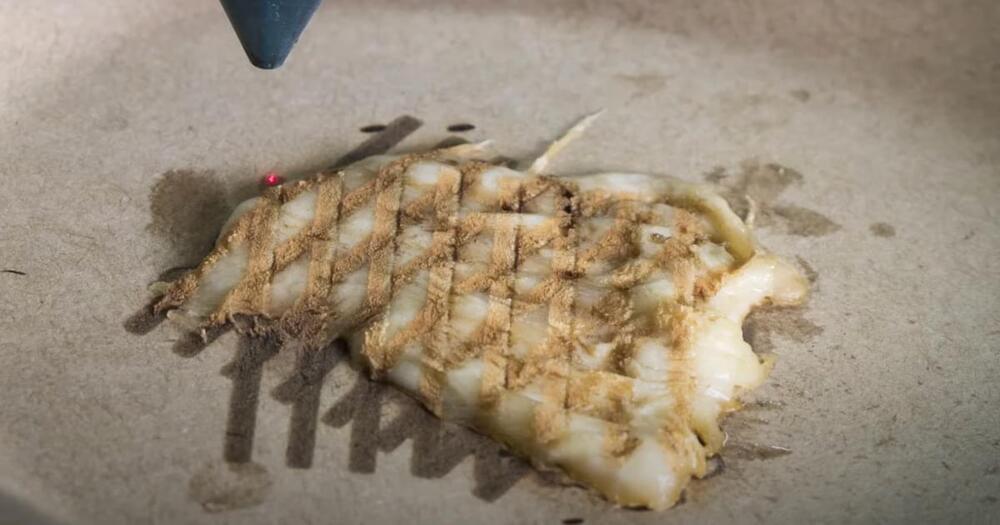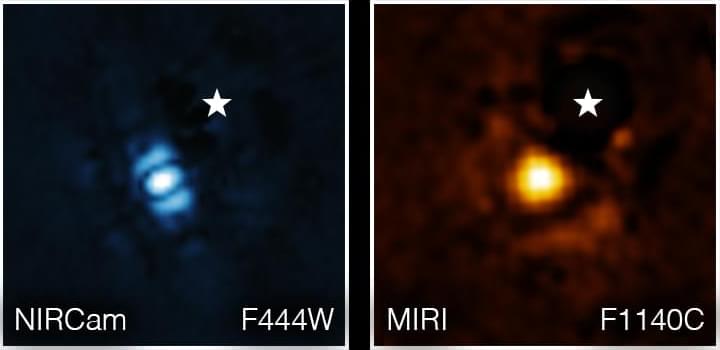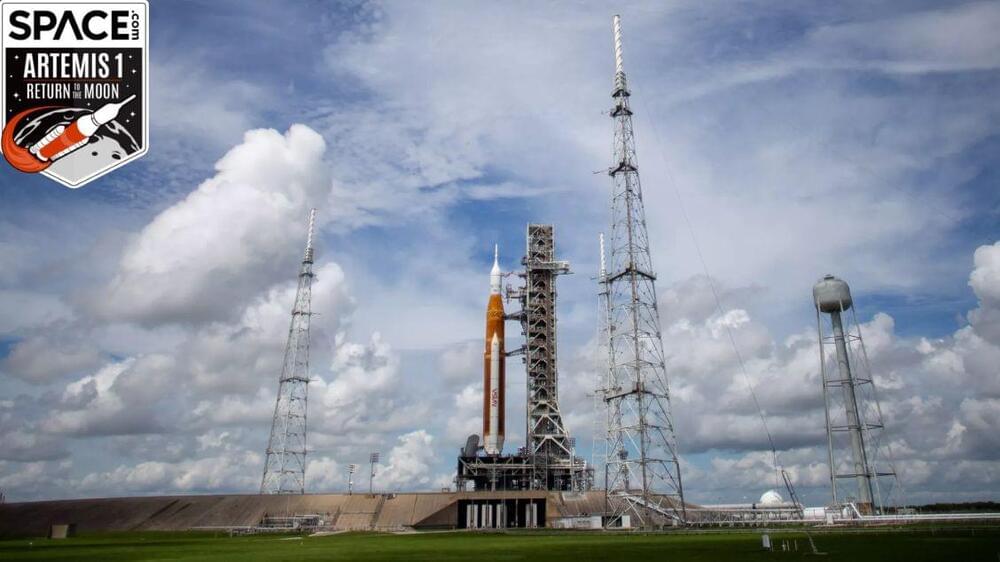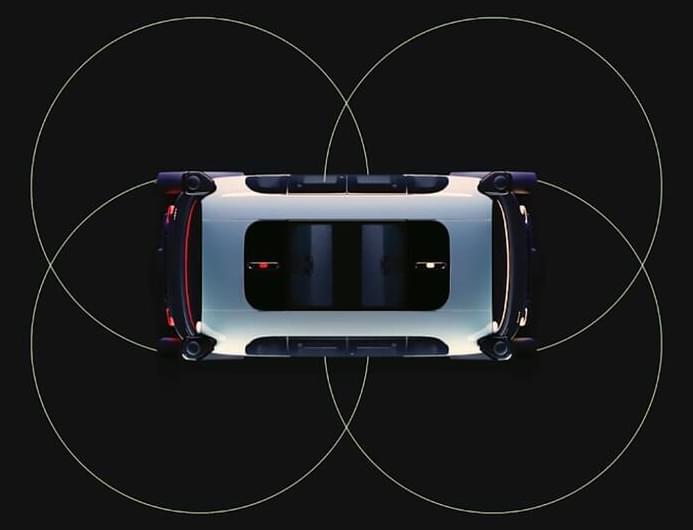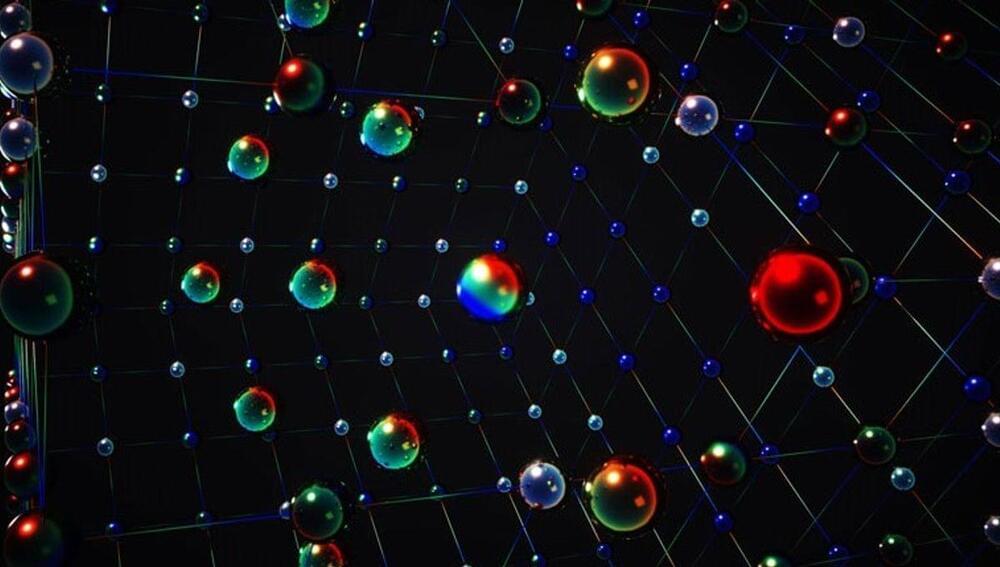Sep 3, 2022
Quantum magnet is billions of times colder than interstellar space
Posted by Dan Breeden in categories: particle physics, quantum physics
The atoms arranged in lines and sheets reached about 1.2 nanokelvin, more than 2 billion times colder than interstellar space. For the atoms in three-dimensional arrangements, the situation is so complex that the researchers are still figuring out the best way to measure the temperature.
The atoms in the experiment belong to a larger group called fermions and were “the coldest fermions in the universe”, says Hazzard. “Thinking about experimenting on this 10 years ago, it looked like a theorist’s dream,” he says.
Physicists have long been interested in how atoms interact in exotic magnets like this because they suspect that similar interactions happen in high-temperature superconductors – materials that perfectly conduct electricity. By better understanding what happens, they could build better superconductors.



